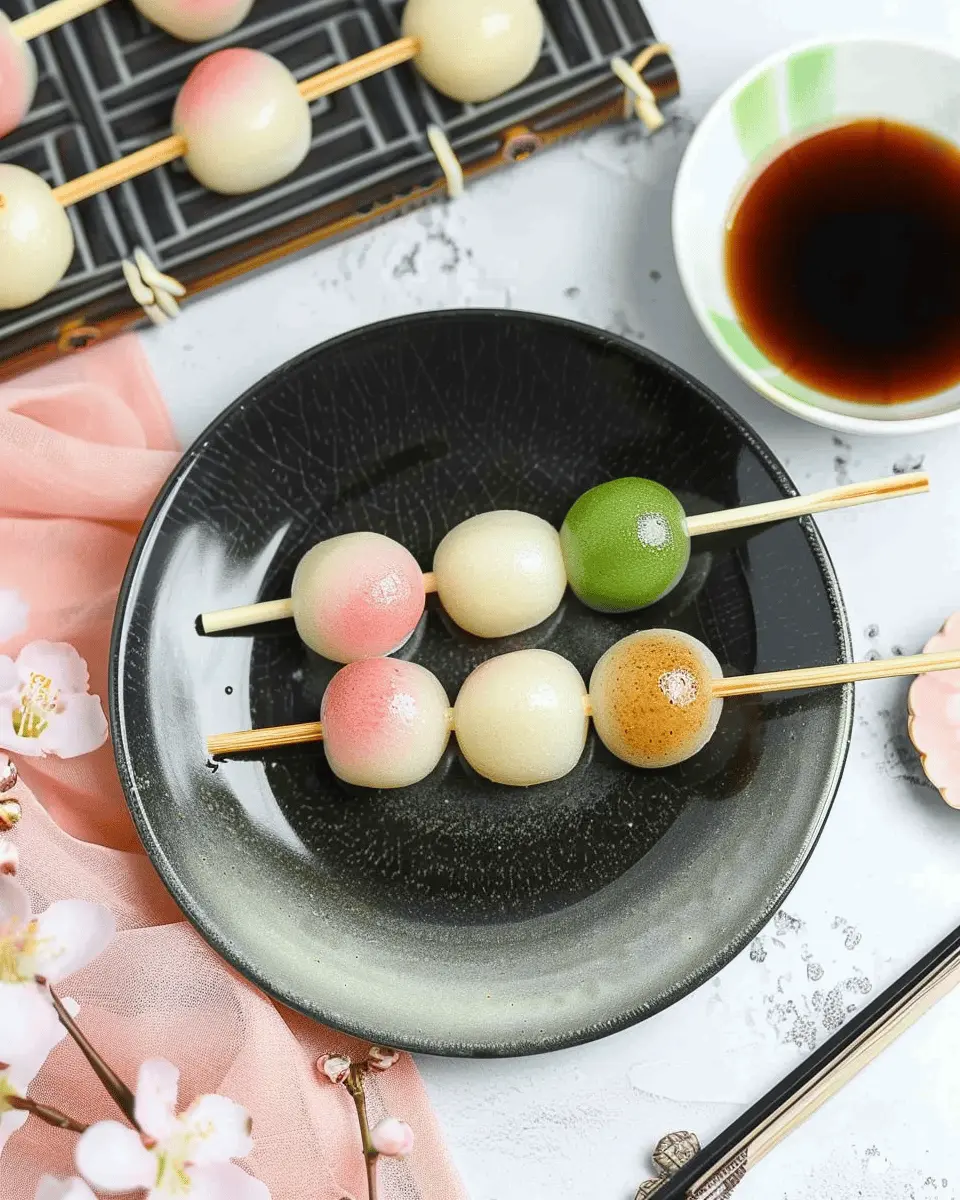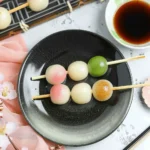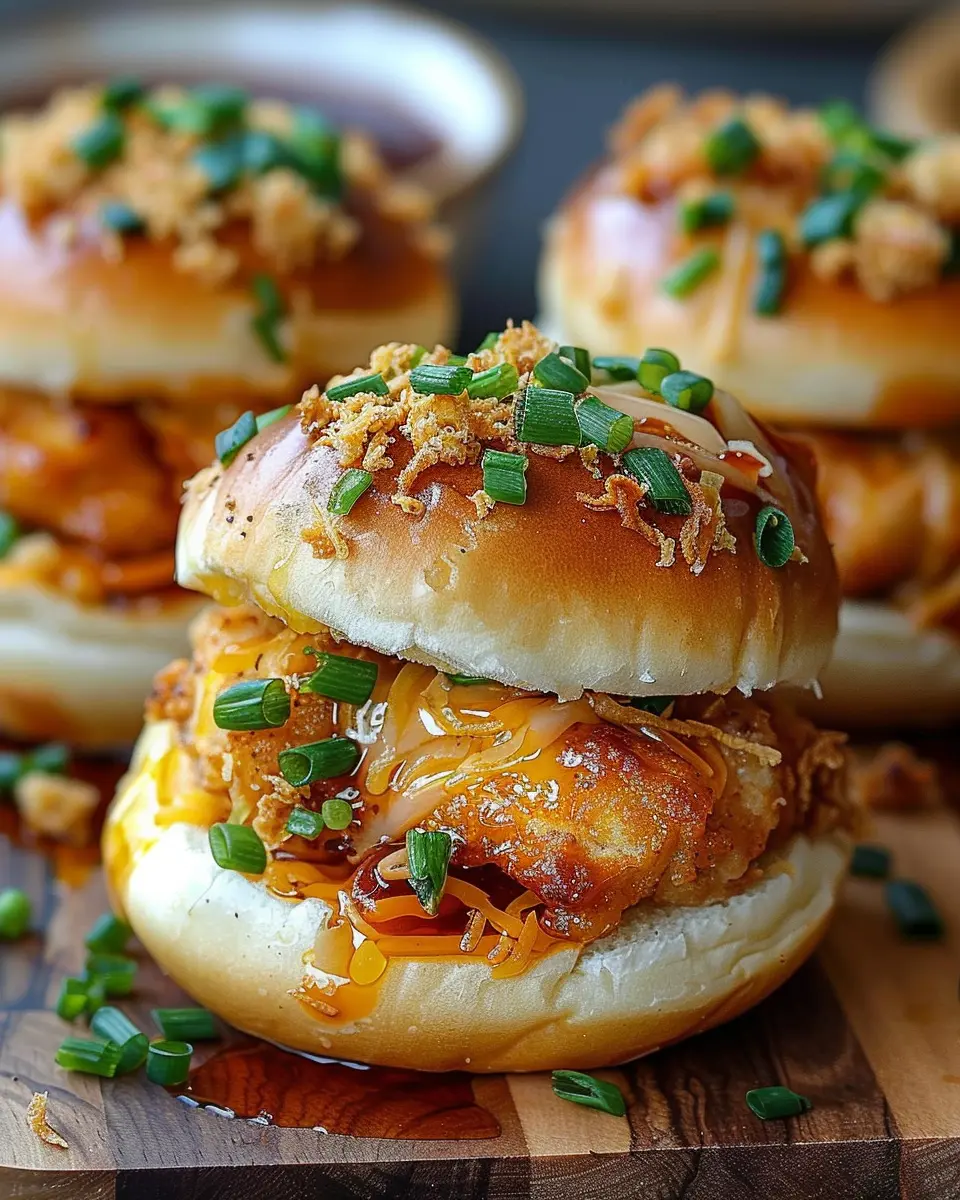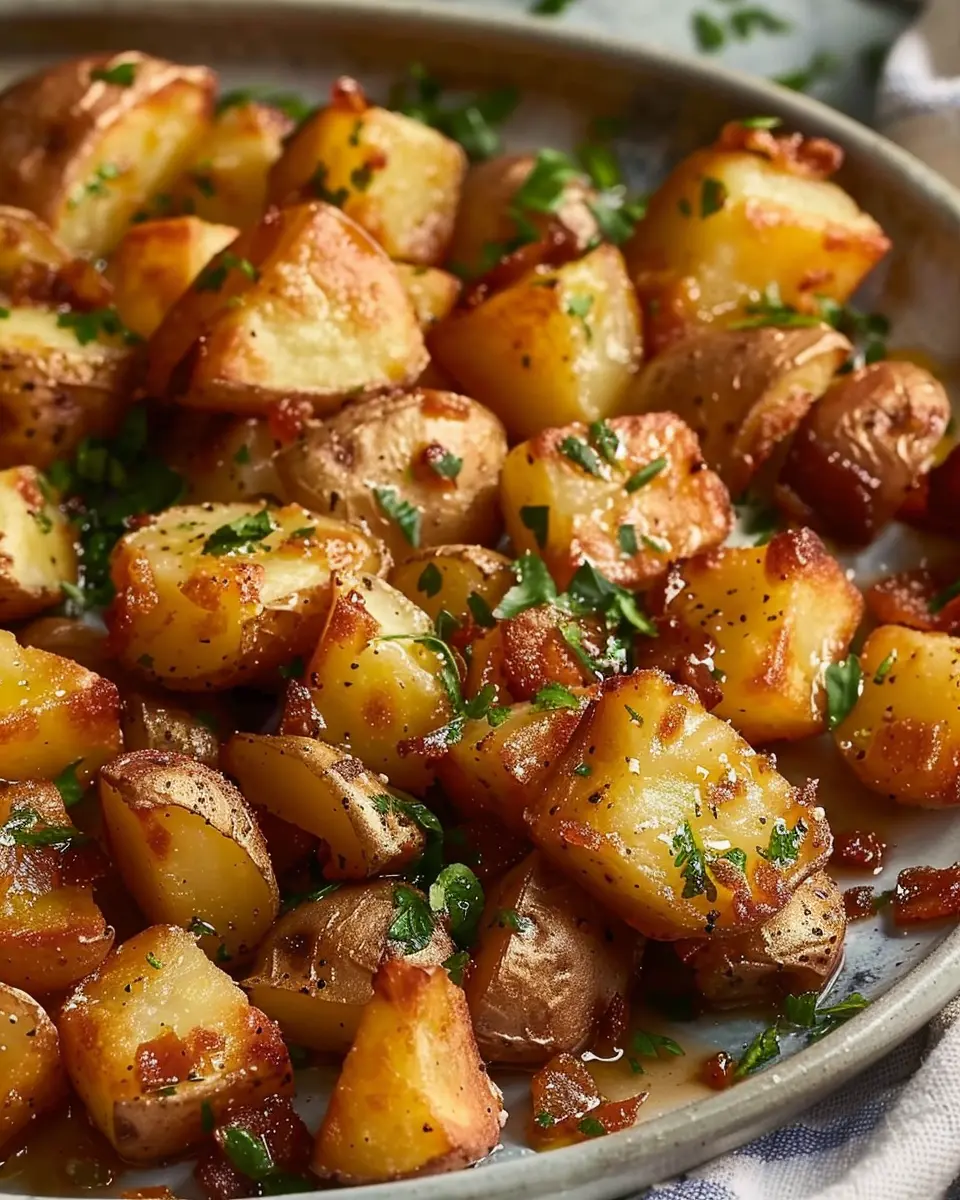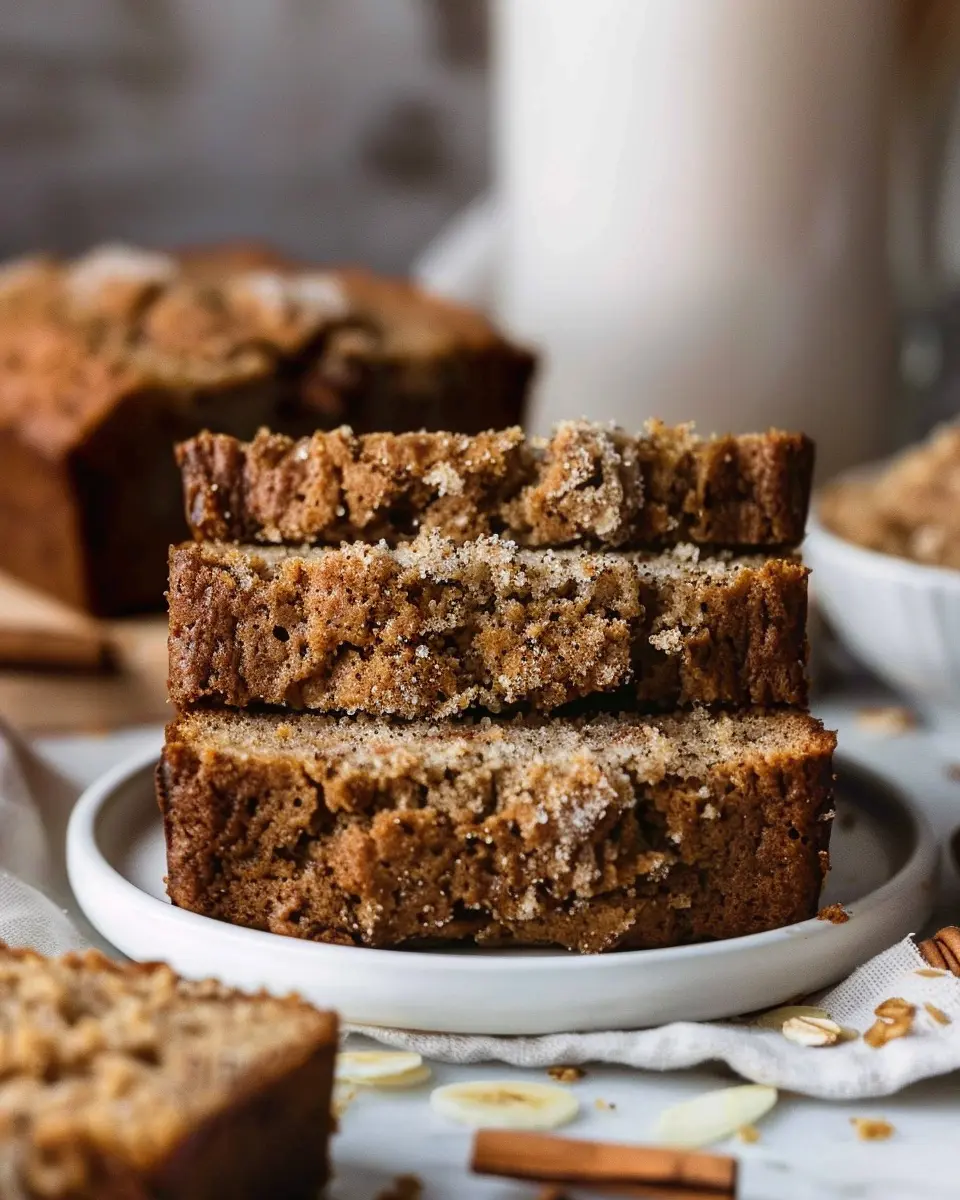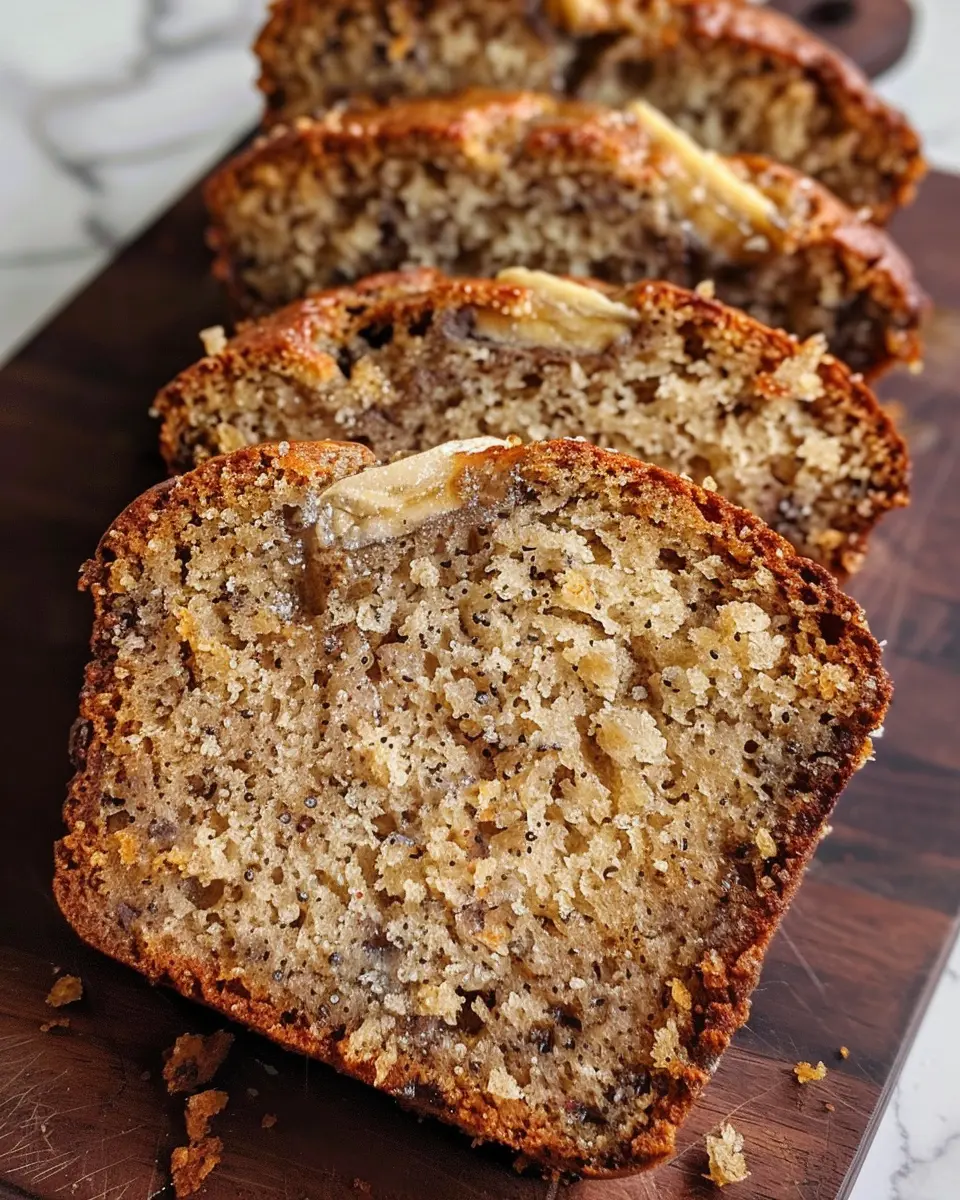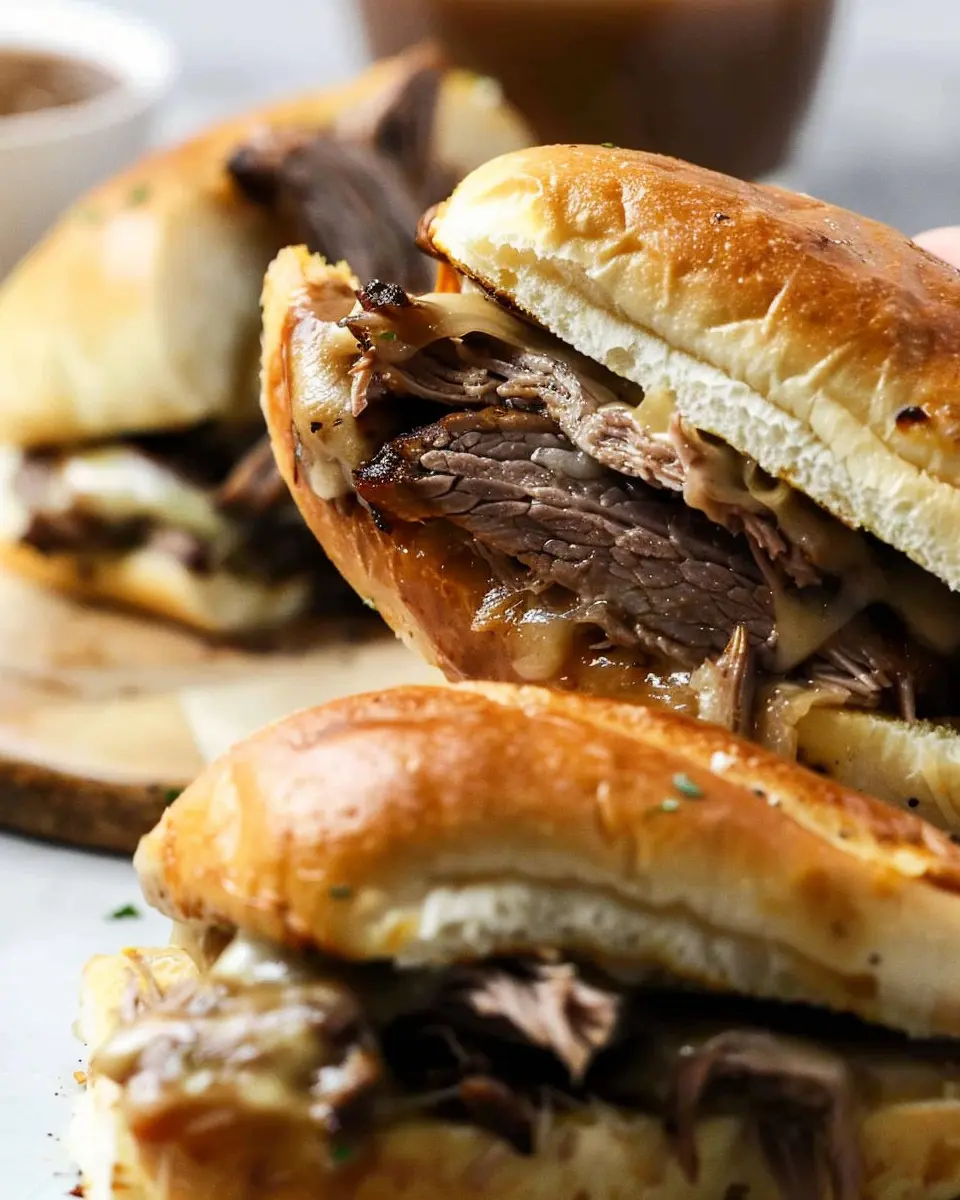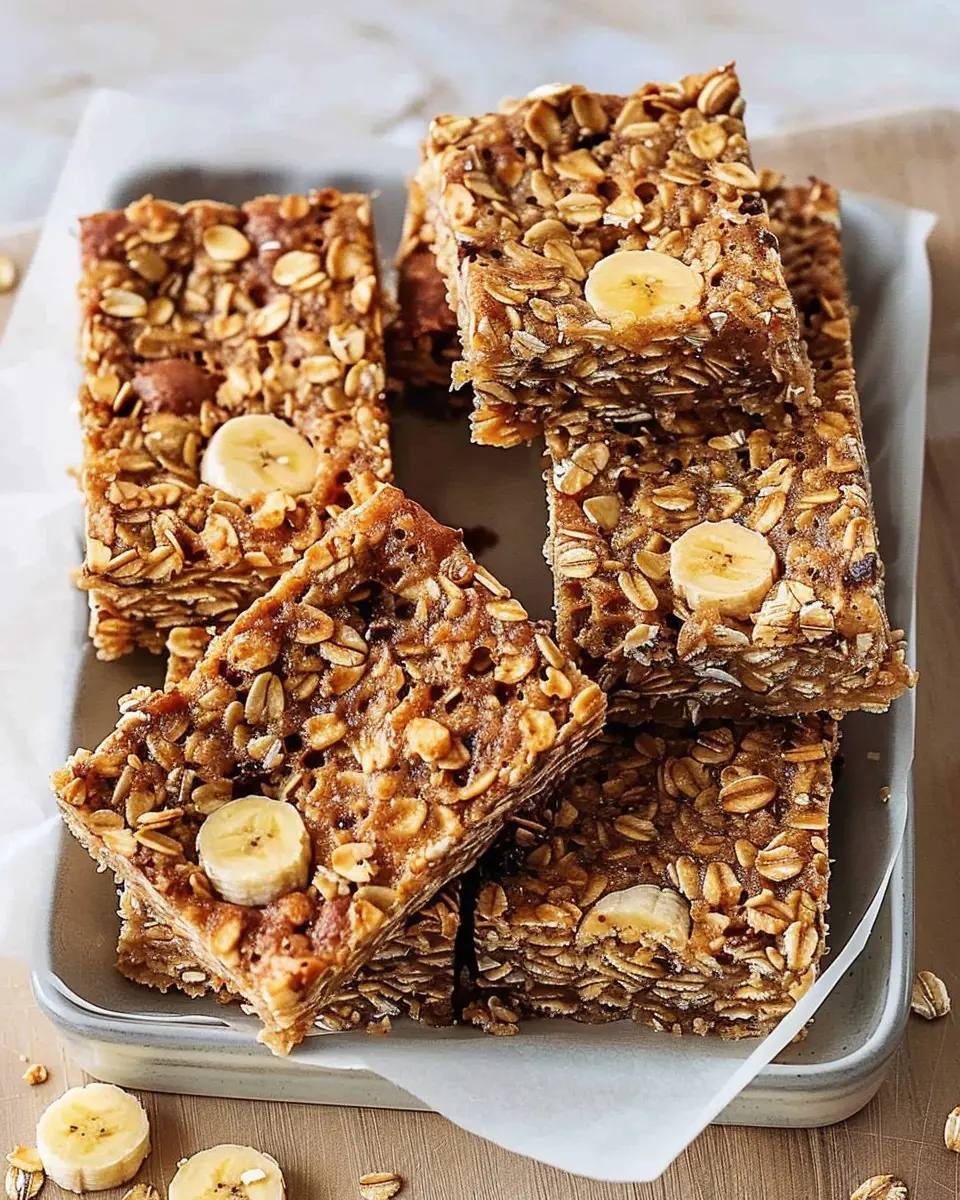Introduction to Easy Hanami Dango
What is Hanami Dango, and Why We Love It?
If you’ve ever wanted to bring a touch of Japanese tradition to your spring celebrations, hanami dango is a delightful choice! Hanami dango are colorful, chewy rice dumplings that are typically enjoyed during the cherry blossom season in Japan. They symbolize the bonds of family and friends as they gather under blooming sakura trees, creating a warm atmosphere filled with joy and connection.
So why do we love this treat? First off, its visual appeal! The vibrant pink, green, and white hues not only brighten your plate but also bring a sense of nostalgia and festivity. Plus, the unique texture—soft on the outside, a bit chewy on the inside—makes each bite a delightful experience. It’s a wonderful way to celebrate the arrival of spring and the beauty of nature.
You may be surprised to learn that hanami dango isn’t just a treat; it also has cultural significance. According to accounts from Japan Travel, enjoying these sweets during hanami (flower viewing) parties bridges generations, making it an important part of Japanese heritage. Who wouldn’t want to partake in a tradition that embodies togetherness?
Making Easy Hanami Dango at Home
Now, you might think, “This sounds lovely, but is it complicated to make?” That’s where our easy hanami dango recipe comes into play! It’s perfect for anyone—even if you’re not a seasoned baker. With just a few ingredients and straightforward steps, you can whip up your own batch and impress your friends at your next gathering.
Some basic ingredients include:
- Sweet rice flour (also known as mochi flour)
- Water
- Food coloring (for that vibrant aesthetic)
- A sprinkle of sugar (to enhance the sweetness)
By utilizing these simple components, you can recreate the delightful flavors of hanami dango right in your kitchen.
Combining tradition with modern convenience, this recipe not only offers a taste of Japan but also provides a fun activity for a relaxed weekend or a bonding moment with loved ones. So, are you ready to embrace this delicious tradition? Let’s dive into the recipe!
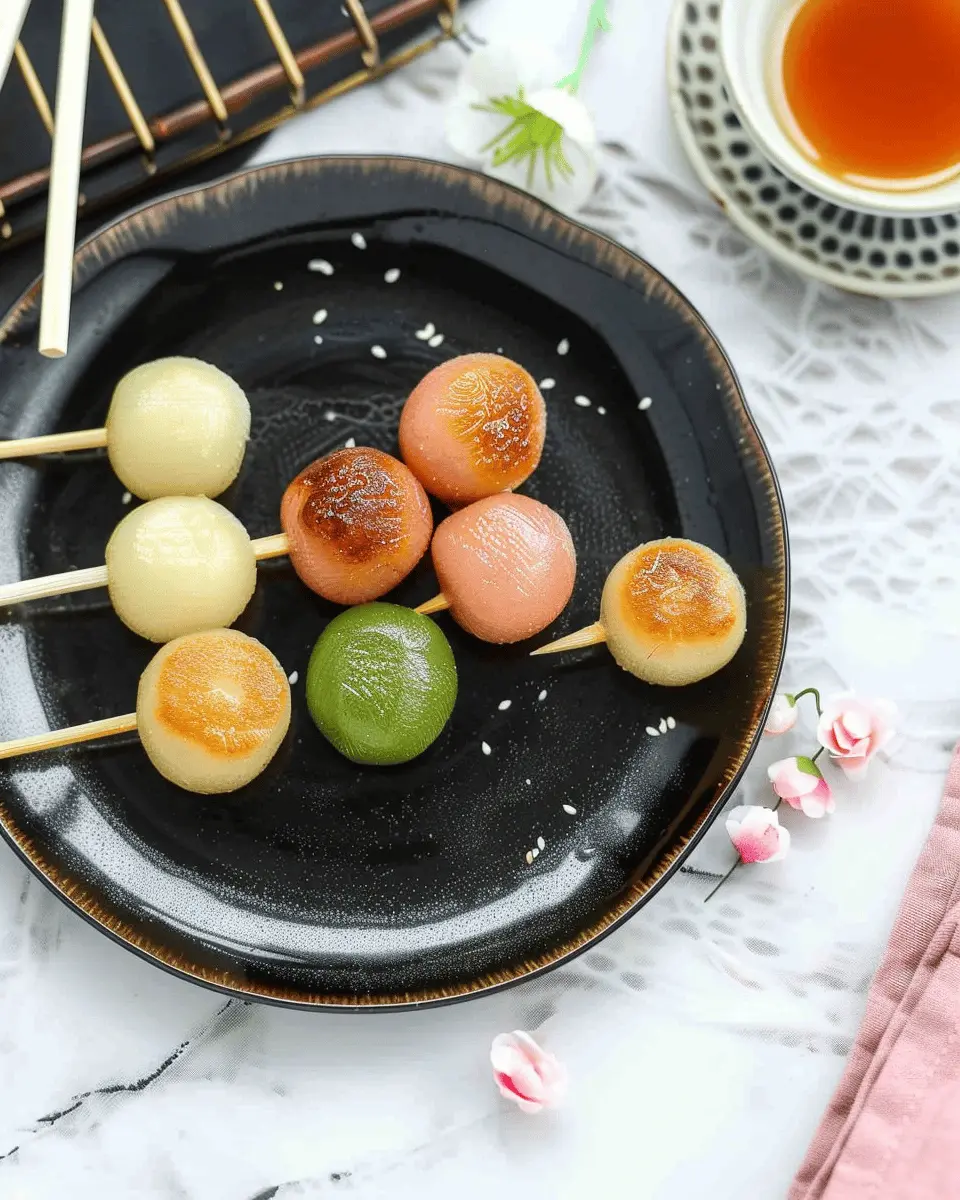
Ingredients for Easy Hanami Dango
Creating easy hanami dango at home is wonderfully simple, and you’ll enjoy the process as much as the delightful results. Let’s dive into what you need!
Essential ingredients for Hanami Dango
For the base, you’ll require:
- Sweet rice flour (mochi flour): This is the heart of dango, giving it that delightfully chewy texture.
- Water: You’ll use this to bring the flour together.
- Sugar: Adds sweetness to balance out the dango’s mild flavor.
These staples are easy to find at your local grocery store or Asian markets. If you’re unsure where to start, websites like Just One Cookbook provide great insights into ingredient shopping.
Optional ingredients for flavor and color
To elevate your easy hanami dango, consider adding:
- Matcha powder: A vibrant green color and a subtle earthy flavor.
- Food coloring: Pink and green hues not only look beautiful but also add a little fun to your presentation.
- Red bean paste: For a sweet filling, it’s a traditional favorite in many Japanese sweets.
Experimenting with these optional ingredients can lead to a colorful and tasty treat perfect for your next hanami picnic! What flavors would you love to try?
Step-by-Step Preparation of Easy Hanami Dango
Making easy hanami dango is not just about enjoying delicious treats; it’s also about connecting with a rich tradition that celebrates the beauty of cherry blossoms in Japan. This delightful snack is visually appealing and offers a chewy texture along with a subtly sweet taste. So, let’s dive into the preparation process!
Gather Your Ingredients
Before embarking on your culinary adventure, ensure you have all the essential ingredients at your disposal. Here’s what you’ll need:
- Sweet rice flour (mochi flour): This is the star ingredient, giving dango its characteristic chewy texture.
- Sugar: For sweetness. You can adjust this based on your preferences.
- Water: Necessary for mixing; you’ll need to find the right consistency.
- Food coloring: Optional, but traditional colors for hanami dango are pink, white, and green.
- Sesame seeds or sweet soy sauce: For additional flavor, these are optional but highly recommended for garnishing.
Make sure to check high-quality sources for your ingredients, like specialty Asian markets or even online retailers. This can make a noticeable difference in the final taste of your easy hanami dango.
Prepare the Sweet Rice Flour Mixture
Once you have your ingredients ready, it’s time to prepare the dough.
-
Mix the sweet rice flour and sugar in a bowl. Use two tablespoons of sugar for every cup of flour, adjusting based on your taste preference.
-
Gradually add warm water while stirring the mixture. Aim for a dough-like consistency; it should be slightly sticky but manageable. If it’s too wet, add a bit more flour.
-
Knead the dough gently for a couple of minutes until it’s smooth. This step is crucial as it helps build the gluten structure, giving your dango that delightful chewiness.
Infuse Color into the Dough
Now comes the fun part—adding color to make your easy hanami dango visually appealing.
-
Divide the dough into three equal portions for the classic three-color dango.
-
Color each portion using food coloring:
- For the pink portion, add a few drops of pink food coloring and knead until evenly mixed.
- For the green portion, do the same with green food coloring.
- Leave one portion white as is.
Remember, the more vibrant the colors, the more festive your dango will look. If you’re interested in non-artificial coloring, consider using matcha powder for the green or beet juice for the pink.
Shape the Dango Balls
With your beautifully colored dough ready, it’s time to shape the dango.
-
Take small pieces of each colored dough (about 20-25 grams each) and roll them into smooth balls.
-
Arrange them on a plate, alternating colors for a visually appealing effect. Traditionally, the order is pink, white, and green.
-
Make sure the balls are uniform in size so they cook evenly later on.
If you’re feeling adventurous, you could also try different shapes or sizes!
Cook the Dango to Perfection
Now, let’s get cooking. This step is where your easy hanami dango transforms into something magical.
-
Boil water in a large pot. Once it’s boiling, gently drop in the dango balls.
-
Cook for about 5-8 minutes or until they float to the surface, indicating they’re ready. It’s always a good idea to watch closely; overcooking can make them mushy.
-
Remove the dango using a slotted spoon and transfer them to a bowl of cold water to stop the cooking process.
-
Finally, serve them warm with a sprinkle of sesame seeds or a drizzle of sweet soy sauce for extra flavor.
Voilà! You’ve crafted beautiful, tasty easy hanami dango that is sure to impress. Don’t forget to share your creations on social media or with friends. And remember, the best part of cooking is sharing the joy of your culinary journey.
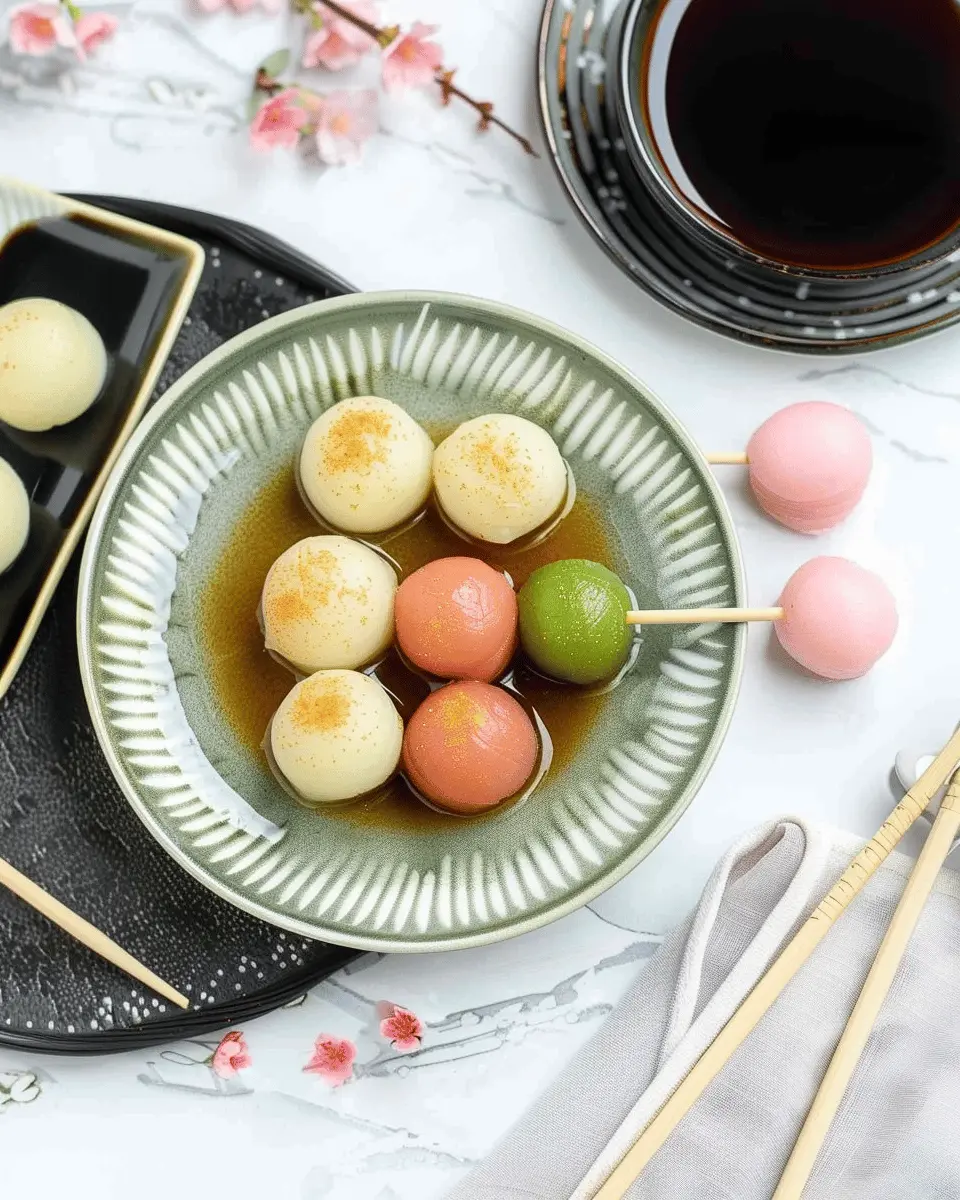
Variations of Easy Hanami Dango
Hanami dango is a delightful treat that can easily be customized to suit your palate. While the traditional flavors are fantastic, experimenting with variations can bring a fresh twist to this beloved Japanese sweet. Let’s dive into some delicious options that elevate your easy hanami dango experience.
Matcha-Flavored Dango
Matcha lovers, rejoice! Adding matcha powder not only imparts a beautiful green hue but also a rich, earthy flavor to your dango.
- Ingredients: Simply mix in 1-2 tablespoons of high-quality matcha with your dango flour and sugar before adding water.
- Benefits: Matcha is celebrated for its health benefits, including high antioxidant levels. Plus, it gives that extra pop of color that looks stunning on the plate!
Feel free to experiment with different matcha grades. As discussed on Matcha Maiden, ceremonial grade matcha offers a smoother flavor, while culinary grade matcha is more robust, making it perfect for baking or desserts.
Fruit-Infused Dango
For a refreshing twist, consider infusing your easy hanami dango with fruit flavors. The options are endless!
- Ideas: Use pureed fruits like strawberry, mango, or even blueberry to give each dango a fruity burst. This can involve substituting part of the water in your flour mixture with fruit puree.
- Serving Suggestion: Skewer alternating colors and flavors for a visually appealing presentation. Each bite offers a sweet surprise!
This variation not only tastes amazing but can also be a fun project for you and your friends. Fruit add-ins are a great way to showcase seasonal produce, making your dango both vibrant and delicious.
Whether you’re entertaining guests or just treating yourself, these variations of easy hanami dango are sure to impress and satisfy your sweet tooth!
Cooking Tips and Notes for Easy Hanami Dango
Creating easy hanami dango is more than just following a recipe—it’s about perfecting that delightful texture and avoiding common pitfalls.
Perfecting the texture
Achieving the right texture is essential for delicious hanami dango. Here are a few tips:
- Use glutinous rice flour: This is crucial for that chewy consistency. Brands like Mochiko or Shiratamako work wonders!
- Adjust water gradually: When mixing, add water slowly until you reach a dough that’s soft but not sticky. It should hold its shape when formed into balls.
- Steam correctly: Ensure your steamer is preheated, and don’t overcrowd the dango—give them room to expand while cooking.
Want to explore more about different varieties? Check out this Japanese culinary guide for inspiration!
Common mistakes to avoid
Even simple recipes can have their hitches! Here’s what to watch out for:
- Skipping the kneading: Don’t rush! Knead the dough until it’s smooth; this helps with elasticity.
- Ignoring steaming time: Oversteaming can lead to dry dango, while undercooking leaves them too gooey. Aim for about 20 minutes for perfectly fluffy bites.
- Using too much food coloring: A little goes a long way. Too vibrant can overpower the natural flavors.
Remember, practice makes perfect! In no time, you’ll be crafting your easy hanami dango like a pro.
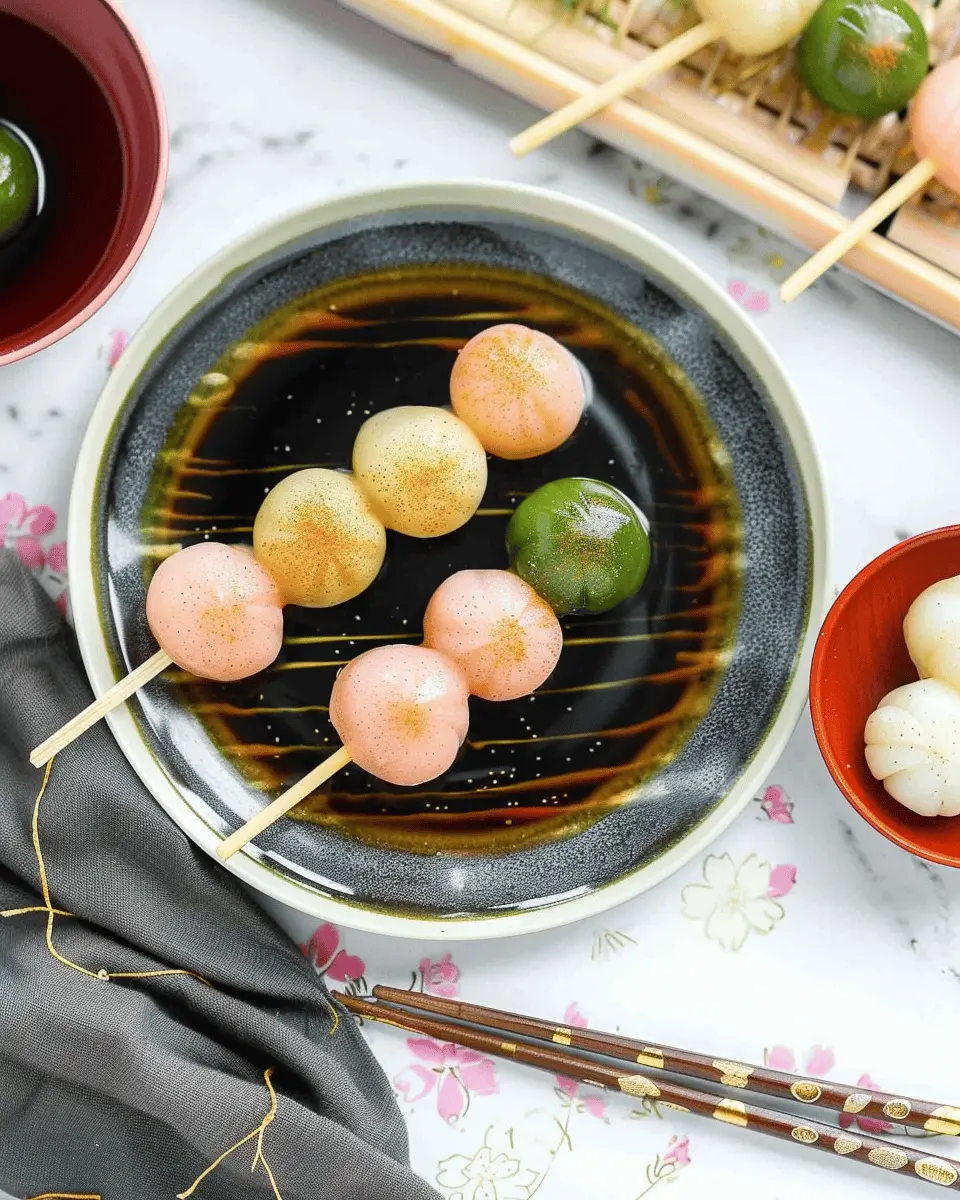
Serving Suggestions for Easy Hanami Dango
Traditional Serving Methods
When enjoying easy hanami dango, it’s essential to honor the traditional Japanese ceremonial aesthetics. Traditionally served on skewers, these delightful sweet dumplings can be arranged in a color gradient to represent the beautiful spring cherry blossoms. Placing them on a decorative plate or a bamboo mat enhances the overall experience, inviting guests to partake in the vibrant seasonal celebration.
For authenticity, consider pairing your dango with a warm cup of matcha tea. The earthy flavors of matcha complement the sweetness of dango perfectly, creating a true taste of springtime in Japan. You can even explore more about this classic tea pairing through resources like Matcha Maiden!
Creative Plating Ideas
Want to impress friends at your next gathering? Try these fun, inventive plating ideas for your easy hanami dango:
- Colorful Floral Arrangements: Place your dango among edible flowers, like pansies or nasturtiums, for an eye-catching display.
- Fruit Garnish: Serve with seasonal fruits such as strawberries or mango slices for a refreshing twist.
- Bento Box Presentation: Integrate your dango into a bento box along with other Japanese favorites like sushi and pickled vegetables.
With these serving suggestions, your easy hanami dango will surely shine whether it’s for a cozy afternoon or a festive spring celebration!
Time Breakdown for Easy Hanami Dango
When you’re ready to indulge in some delightful easy hanami dango, knowing how to manage your time is key. Here’s how to break it down:
Preparation Time
Getting everything set before you start cooking is essential. For easy hanami dango, you’ll need about 20 minutes. This includes measuring out your ingredients and combining the colorful flour mixtures.
Cooking Time
Once your dango are shaped, it’s time to cook them! Expect to spend around 15-20 minutes boiling and then grilling or pan-frying your dango to achieve that perfect texture.
Total Time
In total, you’re looking at a sweet spot of about 35-40 minutes from start to finish. Not too shabby for a treat that’s sure to impress at your next spring gathering! To learn more about timing and technique, check out this guide on making perfect dango.
Nutritional Facts for Easy Hanami Dango
Calories and macronutrients
When it comes to easy hanami dango, it’s all about balance. A typical serving of these delightful rice dumplings (about three pieces) contains approximately 150-200 calories. The breakdown is usually around:
- Carbohydrates: 35-40g
- Protein: 2-3g
- Fat: Less than 1g
This makes them a great snack option, especially when paired with tea.
Health benefits of the ingredients
What’s even better is the natural goodness in easy hanami dango. The primary ingredient, glutinous rice flour, provides energy and contains minimal fat. Plus, when you adorn them with sweet red bean paste or matcha, you’re adding essential nutrients and antioxidants.
- Glutinous rice flour: Offers dietary fiber and can aid digestion.
- Red bean paste: Rich in protein and vitamins, and it may help with heart health. Check out this article from Healthline for more insights on legumes.
So, next time you enjoy these colorful treats, you can appreciate not just the taste but also the wholesome benefits that come with every bite!
FAQs about Easy Hanami Dango
Can I use regular flour instead of sweet rice flour?
While you might be tempted to substitute regular flour for sweet rice flour, it’s important to note that sweet rice flour (also called mochi flour) has unique properties that give easy hanami dango its chewy texture. Regular flour lacks the necessary starchiness, which means your dango may not turn out as delightfully chewy or retain its shape. If you’re unable to find sweet rice flour at your local grocery store, consider checking online retailers or specialty Asian markets for the best options.
How do I store leftover dango?
If you’ve made more easy hanami dango than you can eat, storing it properly is key to keeping it fresh. You can:
- Refrigerate: Place leftover dango in an airtight container. It can last up to 3 days in the fridge.
- Freeze: For longer storage, wrap individual dango pieces in plastic wrap and place them in a freezer bag. They can last for about a month. When you’re ready to enjoy them again, simply steam them to regain their delightful texture.
Is Hanami Dango gluten-free?
This is a great question! Since easy hanami dango is made primarily of sweet rice flour, it is indeed gluten-free. Just be mindful of any additional ingredients you might add, like sauces or toppings, as they could contain gluten. Always check labels or opt for certified gluten-free products to ensure you’re sticking to your gluten-free diet.
If you have more questions about this delicious treat or want to learn more about Japanese sweets, feel free to check out Just One Cookbook for relevant recipes and tips!
Conclusion on Easy Hanami Dango
Why You’ll Love Making Easy Hanami Dango Yourself
Making easy hanami dango is more than just a delightful recipe; it’s an experience that brings a taste of Japan into your kitchen. As you mix the ingredients and form those beautiful, colorful dumplings, you’ll appreciate the care and tradition behind this beloved spring treat.
- Creative Outlet: Experimenting with colors and flavors allows for personal expression.
- Cultural Connection: Connect with Japanese culture and celebrate the beauty of the cherry blossoms, even if you’re far from the trees.
- Perfect for Sharing: This dish is a hit at gatherings—share your creations and stories!
Next time you’re in a baking mood, consider whipping up a batch of easy hanami dango. You might just find that the process is as rewarding as the sweet, chewy treat itself! Curious about the cultural significance? Explore more about hanami traditions here.
PrintEasy Hanami Dango: Delightfully Chewy Springtime Treats
Enjoy the delightful taste and chewy texture of Easy Hanami Dango, perfect for springtime celebrations.
- Prep Time: 15 minutes
- Cook Time: 20 minutes
- Total Time: 35 minutes
- Yield: 6 servings 1x
- Category: Desserts
- Method: Steaming
- Cuisine: Japanese
- Diet: Vegetarian
Ingredients
- 1 cup glutinous rice flour
- 1/2 cup sugar
- 1/2 cup water
- 1/4 cup food coloring (various colors)
- 1/4 cup bamboo skewers
Instructions
- In a mixing bowl, combine the glutinous rice flour and sugar.
- Add water gradually until a smooth mixture forms.
- Divide the mixture into three parts and add food coloring to each.
- Shape each colored mixture into small balls and thread them onto bamboo skewers.
- Steam the skewers for about 20 minutes until the dango are fully cooked.
- Let them cool and serve.
Notes
- For a traditional touch, serve with sweet soy sauce.
Nutrition
- Serving Size: 2 skewers
- Calories: 150
- Sugar: 10g
- Sodium: 5mg
- Fat: 1g
- Saturated Fat: 0g
- Unsaturated Fat: 0g
- Trans Fat: 0g
- Carbohydrates: 35g
- Fiber: 1g
- Protein: 2g
- Cholesterol: 0mg
Keywords: Easy Hanami Dango, dango, spring treats, Japanese dessert

